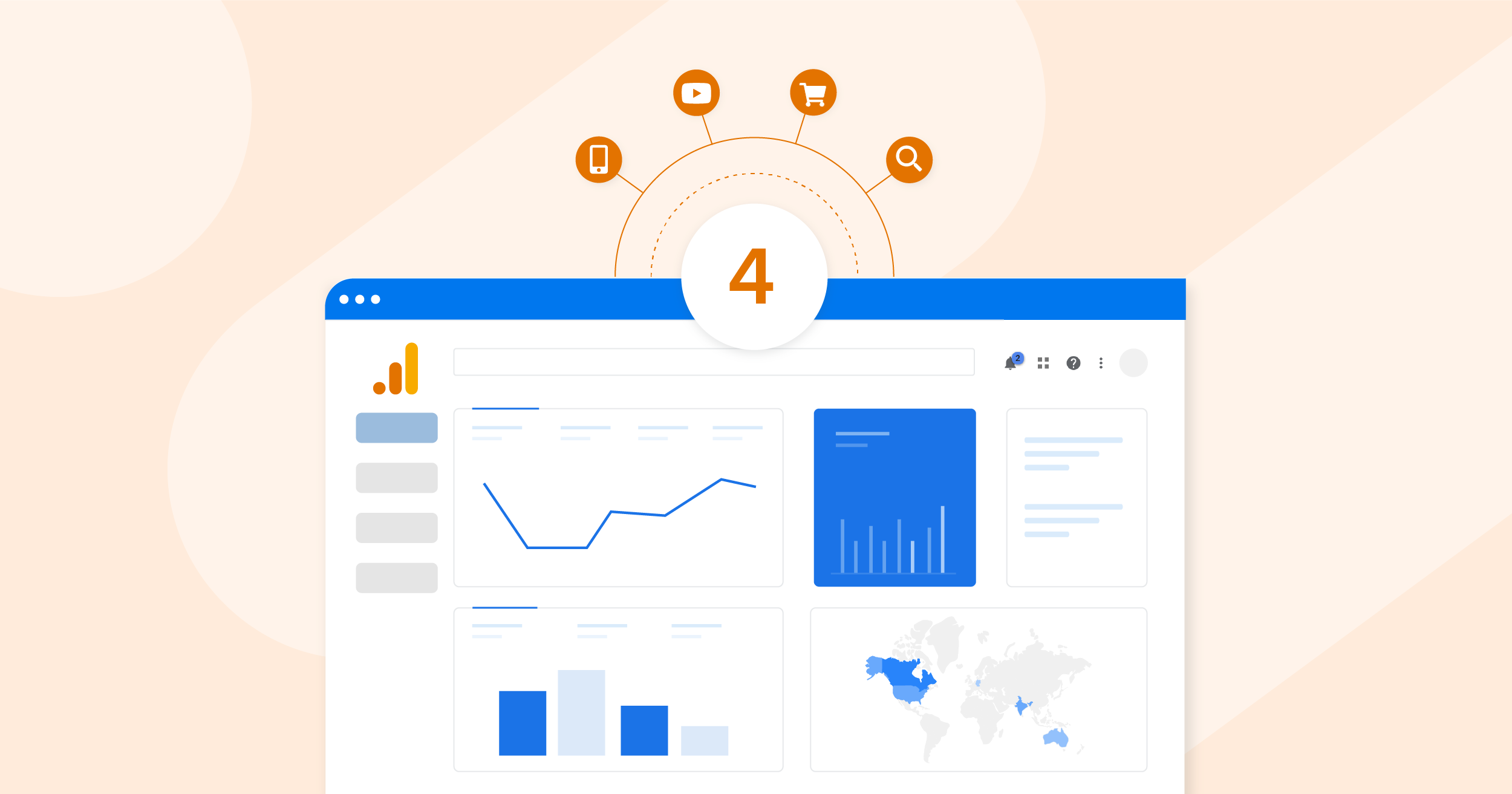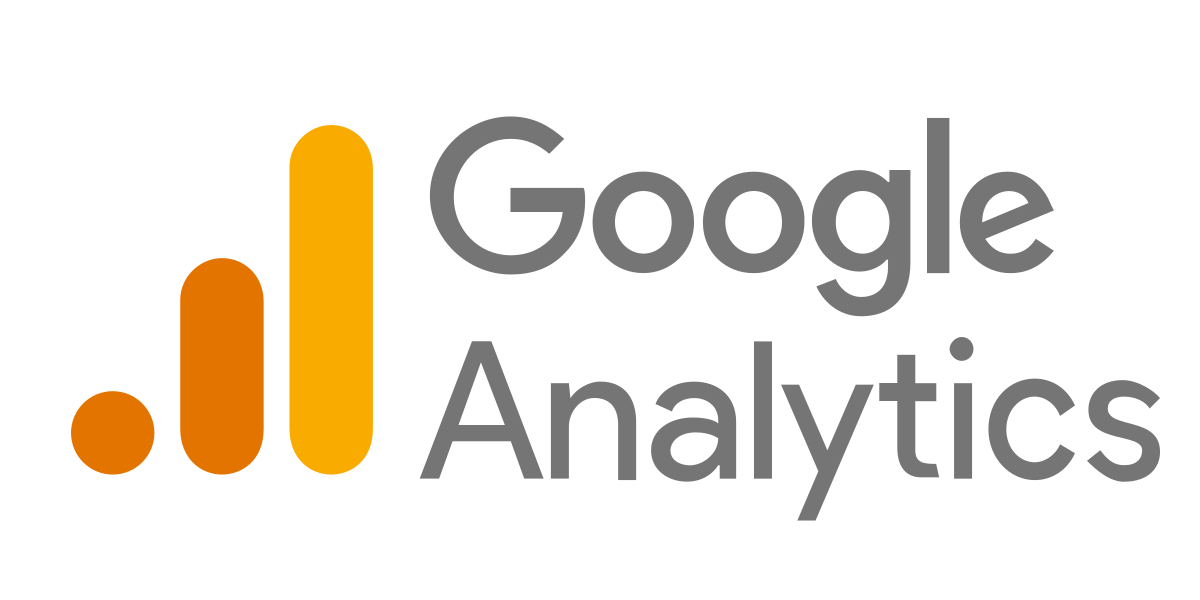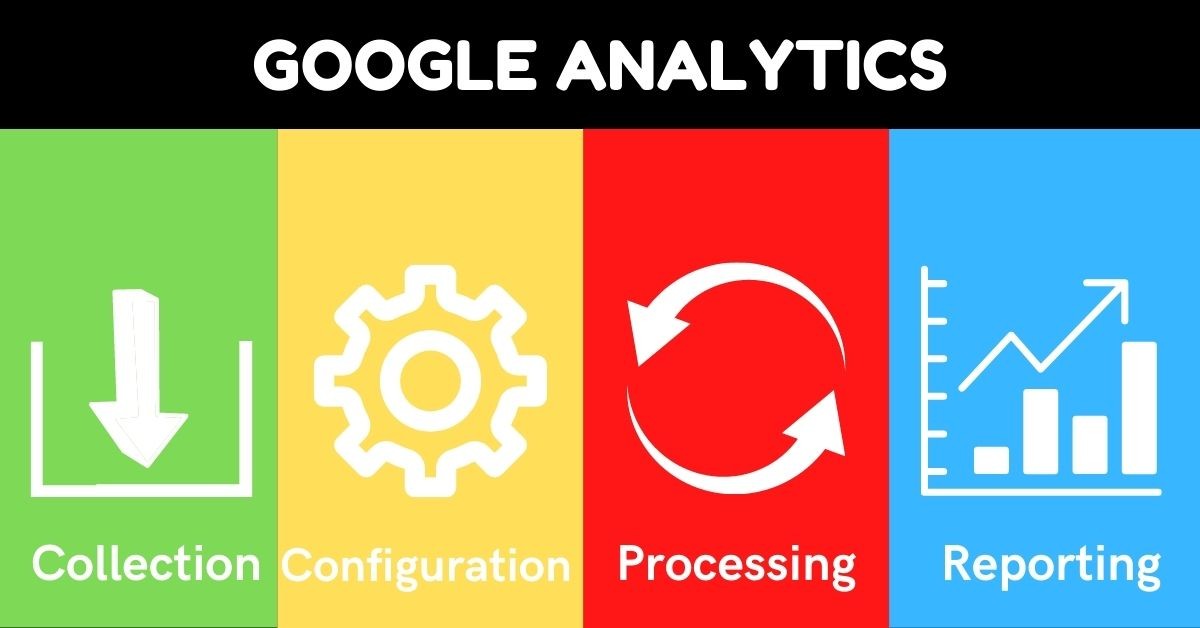When Does the Google Analytics Tracking Code Send an Event Hit to Analytics? Timing and Best Practices Explained
When Does the Google Analytics Tracking Code Send an Event Hit to Analytics? Timing and Best Practices Explained
Blog Article
Optimize Your Internet Site Performance With Google Analytics Tracking Code
In the electronic landscape, recognizing individual communications with your web site is vital for optimization. By incorporating the Google Analytics tracking code, you can unlock a wealth of details pertaining to site visitor actions, enabling you to keep an eye on important metrics and identify prospective locations for enhancement. This calculated application not just informs your decisions but also paves the means for a much more appealing user experience. Nevertheless, the genuine difficulty hinges on successfully assessing this data and translating understandings right into workable strategies. What steps can you take to ensure you are completely leveraging these understandings for optimal performance?
Comprehending Google Analytics
Comprehending Google Analytics is necessary for site owners and marketers intending to maximize their online presence. This powerful tool provides essential insights right into user actions, permitting stakeholders to make data-driven choices. By tracking various metrics, such as web page sights, bounce rates, and customer demographics, Google Analytics aids identify which facets of a website are carrying out well and which need renovation.
Among the key features of Google Analytics is its capability to sector data. Customers can evaluate website traffic sources, individual interaction, and conversion prices throughout various sections, such as geographic places or tool types. This granularity makes it possible for marketing professionals to customize their strategies to specific audiences, thereby boosting the efficiency of their campaigns.

Setting Up Monitoring Code
To harness the full capacity of Google Analytics, establishing the monitoring code correctly is a basic step. The monitoring code, a bit of JavaScript, enables Google Analytics to gather data regarding user communications on your internet site. To start, log in to your Google Analytics account and browse to the Admin area. Under the Building column, pick "Monitoring Information" and after that "Tracking Code." Right here, you will certainly locate your unique monitoring ID, which starts with "UA-" followed by a collection of numbers.
Following, you'll require to install this code right into the HTML of your site. Ideally, put the tracking code right before the closing tag on every web page you want to monitor. If you're utilizing a content management system (CMS) like WordPress, consider making use of plugins that facilitate simple combination.
After applying the code, it's crucial to validate its functionality. Make use of the "Real-Time" records in Google Analytics to verify that data is being accumulated as anticipated. By making sure proper configuration, you create a solid structure for effective information evaluation and critical decision-making to improve your web site's efficiency.
Secret Metrics to Screen
Routinely keeping track of crucial metrics in Google Analytics is crucial for evaluating your web site's efficiency and individual engagement. Amongst the basic metrics to track are page views, see this site which offer insight into how commonly customers see different pages on your site. Furthermore, special visitors assist you recognize the reach of your web content by suggesting the number of distinctive individuals are engaging with your site over an offered period.
Bounce rate is an additional crucial statistics, exposing the percentage of visitors that leave your site after viewing just one page. A high bounce rate might signify issues with content importance or customer experience. Conversely, session duration shows for how long visitors remain on your site, helping you gauge material effectiveness and customer interest.
Conversion prices are essential for gauging the success of your site in attaining particular objectives, such as form submissions or product acquisitions (when does the google analytics tracking code send an event hit to analytics?). Checking web traffic sources is likewise key, as it helps determine which channels drive the most traffic and conversions, enabling even more targeted marketing strategies
Studying Visitor Behavior

In addition, my review here tracking user pathways via the website assists reveal typical navigation patterns. This information is essential in determining whether customers can easily locate the web content they seek or if they encounter challenges that bring about stress. Determining high exit pages can highlight locations that might need redesign or more engaging web content to keep visitors.
Furthermore, segmenting users based upon demographics, passions, and habits supplies a deeper understanding of the target audience. This segmentation allows businesses to tailor material and advertising and marketing techniques better, raising the probability of conversions. Ultimately, evaluating site visitor habits not just educates site improvements but also fosters a more user-centric technique, bring about boosted contentment and loyalty over time.
Executing Data-Driven Adjustments
Carrying out data-driven changes is essential for boosting internet site performance and attaining business goals. By address leveraging understandings gathered from Google Analytics, businesses can determine locations for enhancement and make educated choices to maximize user experience.
First, examine key efficiency indications (KPIs) such as bounce prices, session period, and conversion rates to identify specific issues impacting individual engagement - when does the google analytics tracking code send an event hit to analytics?. As an example, a high bounce price on a touchdown page may indicate that the web content is not reverberating with visitors or that the page takes as well long to lots

Verdict
In verdict, the application of Google Analytics tracking code is essential for enhancing website performance. By accurately checking customer actions and vital metrics, valuable insights can be acquired, assisting in data-driven decision-making.
By tracking various metrics, such as web page sights, bounce rates, and individual demographics, Google Analytics helps identify which elements of an internet site are carrying out well and which call for renovation.
Customers can analyze traffic resources, customer interaction, and conversion prices across various sections, such as geographical places or device types. The monitoring code, a snippet of JavaScript, allows Google Analytics to accumulate information regarding individual interactions on your web site.On a regular basis checking key metrics in Google Analytics is vital for examining your web site's efficiency and user involvement. By leveraging Google Analytics, website proprietors can obtain valuable insights into just how users connect with their site.
Report this page